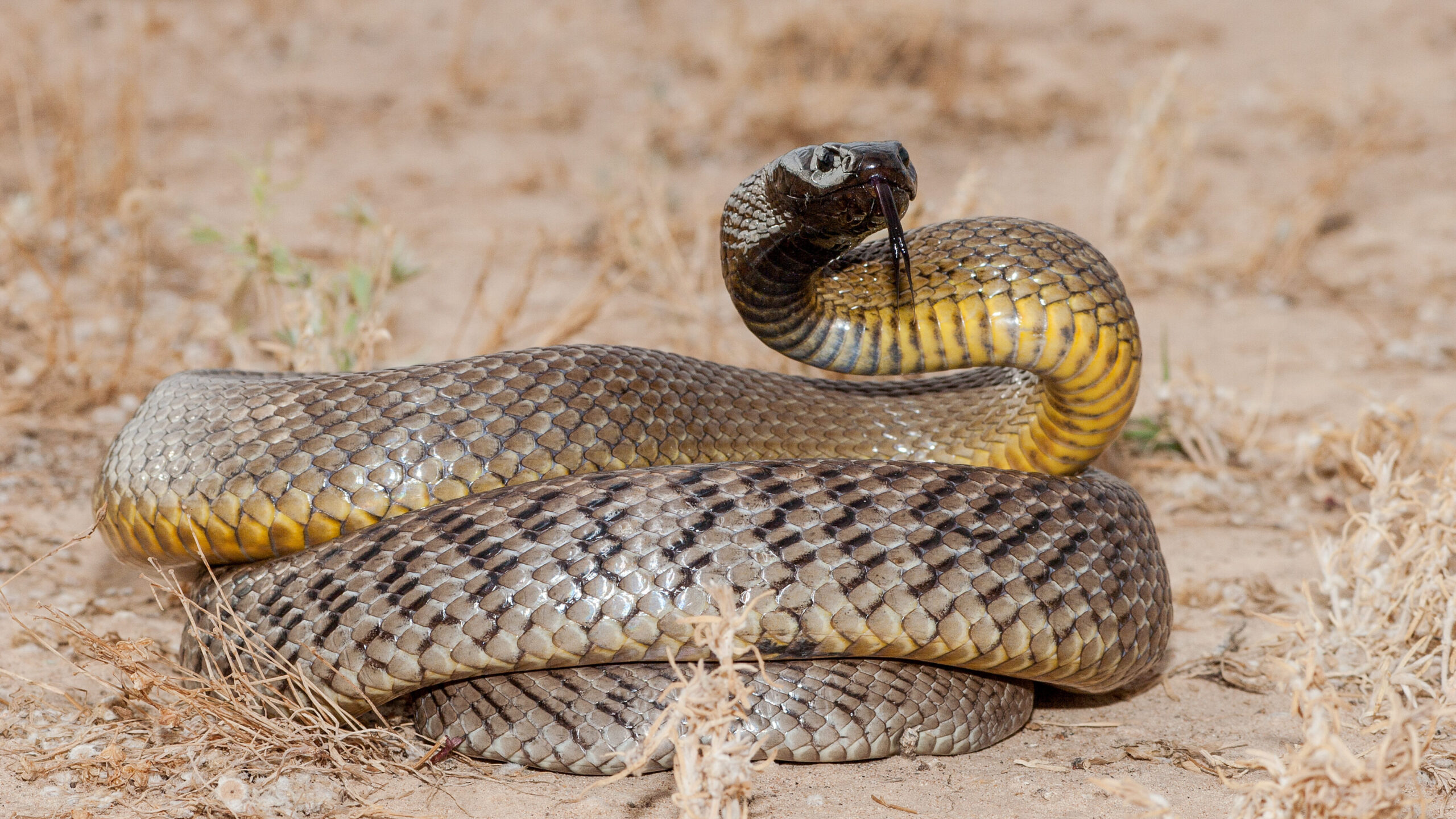Introduction
When it comes to the interesting world of snakes, couple of species capture the imagination quite like the baby tiger snake. Understood for their distinct coloration and potent venom, these are rough scaled snake venomous serpents are an integral component of Australia's unique environment. In this thorough article, we will certainly look into various aspects of baby tiger snakes, including their actions, environment, and how to securely connect with them. Whether you're a wildlife fanatic or just interested regarding these animals, understanding child tiger serpents can aid promote a deeper admiration for nature.
Baby Tiger Snakes: What You Need to Know About Their Habits and Habitat
What Are Infant Tiger Snakes?
Baby tiger serpents are adolescent kinds of the very poisonous varieties recognized scientifically as Notechis scutatus These serpents are mostly located in coastal regions of Australia, specifically in Tasmania and southern Victoria. As they expand, their coloration adjustments from a more low-key combination to the characteristic yellow and black bands that give them their name.
One significant element of infant tiger snakes is their dimension; hatchlings commonly determine around 25-30 cm in size. Regardless of their tiny stature, they possess an unusual amount of poison that can be detrimental to humans if bitten.
Physical Characteristics
Tiger serpents possess several vital physical qualities:
- Coloration: The distinct banding pattern typically comes to be more noticable as they mature. Size: Adults can get to lengths of approximately 2 meters. Body Shape: They have a durable body that helps in swimming and earthbound movement.
Where Do Infant Tiger Snakes Live? Understanding Their Habitat
Understanding the habitat choices of baby tiger snakes is necessary for both preservation initiatives and public safety and security. These snakes grow in different atmospheres:
- Wetlands: Marshes and swamps give ample hunting grounds. Coastal Regions: Frequently found near beaches where they can search for prey. Woodlands: Thick plant life supplies cover from predators.
Geographical Distribution
Tiger snakes are primarily found along Australia's southern coastline, consisting of:
- Tasmania: Home to among the most notorious populations. Victoria: Specifically in areas near water bodies.
Are Tiger Snakes Venomous? A Deep Dive into Their Venom
One usual inquiry develops when discussing child tiger serpents: "Are tiger snakes venomous?" The response is a resounding yes!

Venom Composition
The venom of tiger snakes contains neurotoxins that can trigger paralysis, coagulopathy (blood clot problems), and potentially death if unattended. Here's what you require to know:
- Effects on Humans: An attack from a tiger serpent can result in signs and symptoms like swelling, pain at the bite site, nausea or vomiting, and also breathing failure.
Comparison with Various other Poisonous Snakes
In contrast to other Australian snakes such as the eastern brownish serpent or king brownish snake, tiger baby dugite snake poison is considered among one of the most potent. However, deaths are uncommon because of better clinical treatments and accessibility to antivenom.
Behavioral Patterns of Baby Tiger Snakes
Understanding exactly how infant tiger serpents behave is critical for those that live in or see areas where these reptiles are prevalent.
Nocturnal Habits
Most infant tiger serpents exhibit nighttime habits. They tend to forage for food during cooler night temperatures. This flexibility helps them prevent killers while enhancing their hunting efficiency.
Hunting Techniques
Their searching methods consist of:
- Ambush Predation: Waiting stationary until victim comes close. Active Foraging: Proactively moving through greenery or along rivers in search of food.
First Aid for Snake Bites: What You Need to Know
Despite being interesting animals, experiences with infant tiger snakes can result in unsafe scenarios if attacks take place. Understanding first aid procedures can save lives.

Immediate Tips After a Bite
Remain calm; panic raises heart rate. Immobilize the affected arm or leg making use of a splint or bandage. Seek instant clinical focus-- antivenom might be necessary.Creating a Snake Bite Emergency Treatment Kit
A well-prepared emergency treatment set must include:
|Thing|Objective|| ------------------------------|--------------------------------------|| Compression plaster|To immobilize the limb|| Splint|Supports damaged bones or joints|| Antihistamines|Alleviates allergic reactions|| Emergency contact numbers|Quick gain access to during emergency situations|
Common Misconceptions About Tiger Snakes Debunked
Many misconceptions surround these intriguing reptiles; let's clear up some misunderstandings generally held by people.
Myth # 1: All Tiger Snakes Are Aggressive
While some people might show defensive behaviors when threatened, not all tiger snakes display screen hostility in the direction of humans unless provoked.
Myth # 2: Baby Tiger Snakes Are Less Unsafe Than Adults
This misconception can not be additionally from the truth! Infant tiger snakes have almost as much poison as grownups relative to their size; thus they present considerable risks if bitten.
FAQs Regarding Infant Tiger Snakes
What do baby tiger snakes eat?- They mostly eat small animals, birds, frogs, and fish.
- Look for slender bodies with faint banding patterns that come to be much more noticable as they mature.
- Yes! Birds of target and larger reptiles may target them.
- Typically every few weeks as they grow rapidly during their very early life stages.
- While some people do keep them unlawfully without licenses as a result of their dangerous nature; it's typically not advised offered their venomous status.
- With timely clinical therapy-- consisting of antivenom-- the survival price is high!
Conclusion
In recap, recognizing child tiger snakes-- what they eat, where they live, exactly how they behave-- can outfit us with beneficial expertise about these impressive yet harmful creatures. The relevance of education and learning bordering first aid measures can not be overemphasized; understanding how to react properly after a bite can save lives while fostering regard for our crawling neighbors within Australia's abundant biodiversity range.
By appreciating these serpents' roles within environments-- and acknowledging possible threats-- we advertise conjunction as opposed to fear-based reactions toward each other's presence in nature's grand tapestry! Whether you're an avid walker pondering your next journey or simply curious regarding local wildlife experiences near home-- this overview works as your trusted recommendation factor on the enigmatic globe populated by our close friends-- the spectacular baby tiger snake!